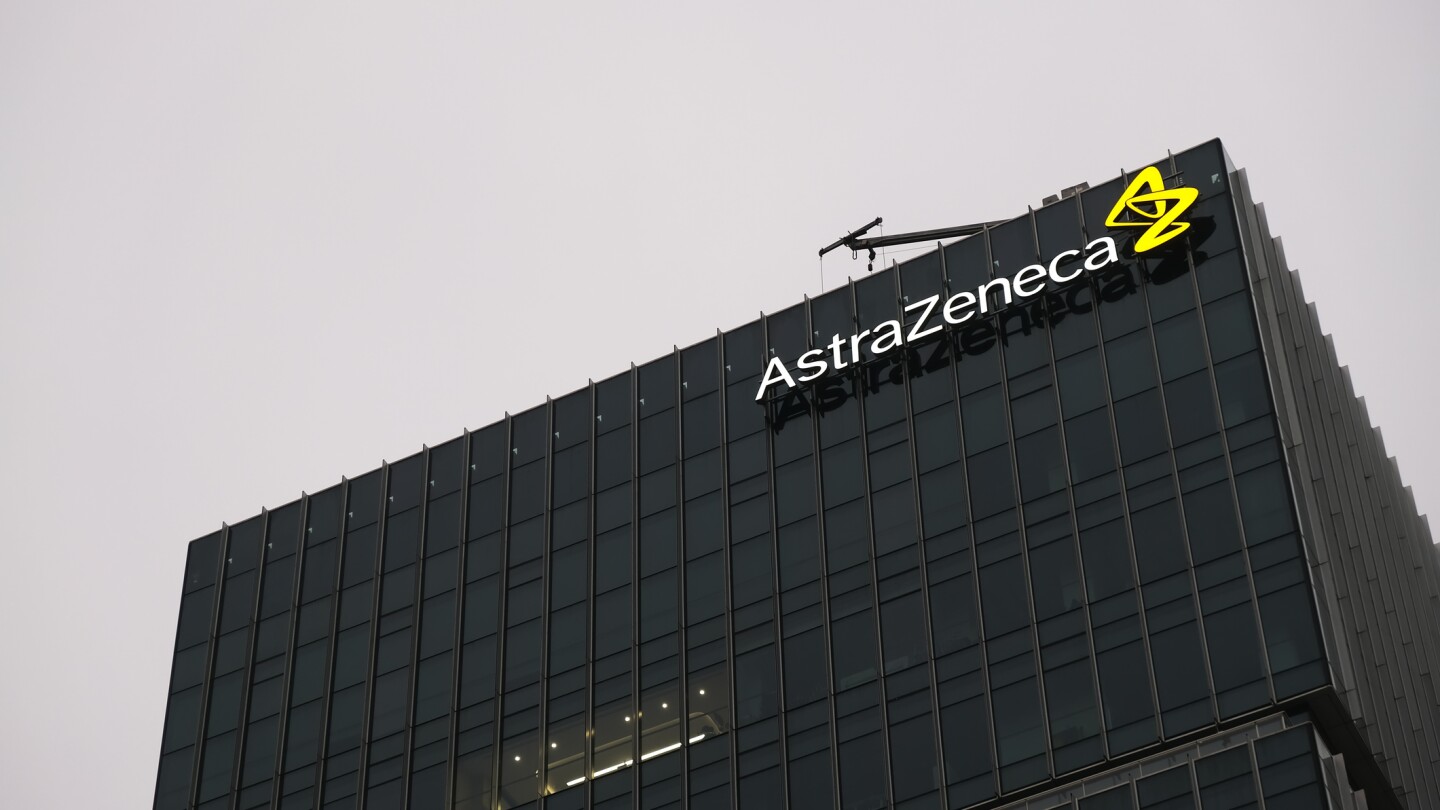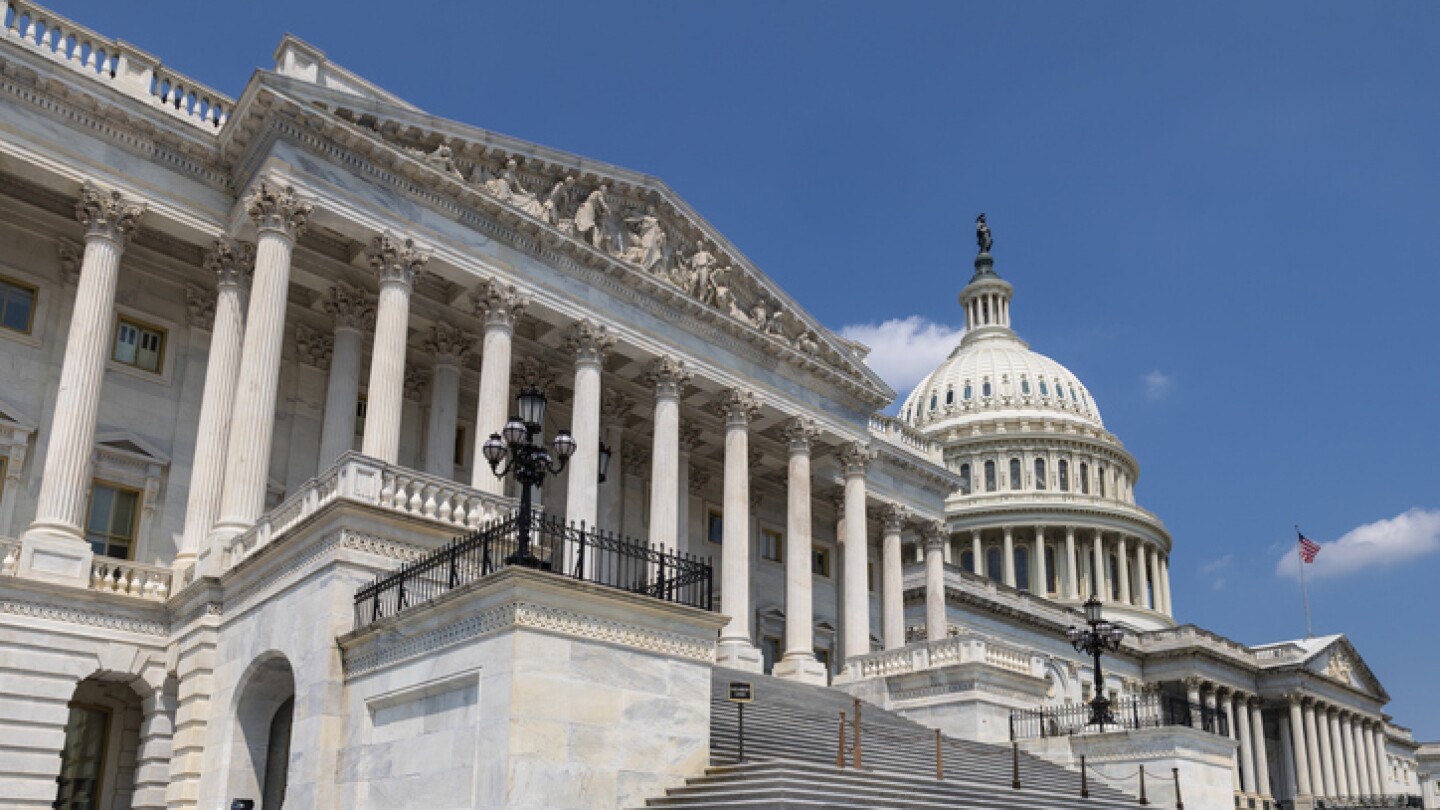News
The company’s technology, a modified herpes simplex virus used to deliver gene therapies, was given the FDA’s new designation based on its approved topical skin cream. What this will mean for Krystal’s still-in-development eye drop is unclear.
FEATURED STORIES
While last week’s recommended changes by CDC advisors to the MMRV vaccine schedule are unlikely to have a tangible effect on Merck’s business, the company said the removal of choice for healthcare providers is “concerning.”
Small and large drugmakers alike have made big, proactive moves to secure the production capacity that will be vital to serving the weight loss market.
The FDA’s proposed Rare Disease Evidence Principles review process is a starting point for getting rare disease therapies across the finish line, but industry leaders say there are more concrete steps the regulator could take to help patients.
Job Trends
Following two layoffs in less than three months, Viracta Therapeutics may have around 18 employees left to advance its efforts to bring lead product candidate nana-val to market.
FROM OUR EDITORS
Read our takes on the biggest stories happening in the industry.
Novo Nordisk, under new CEO Maziar Mike Doustdar, has a new attitude. It’s making Pfizer livid.
THE LATEST
Moderna’s mRNA-4359, when used with Keytruda, achieves a 24% overall objective response rate in patients with melanoma, with efficacy increasing to 67% in those positive for PD-L1.
Novo had around 250 employees working on cell therapies, all of whom will be laid off, though a spokesperson declined to reveal which offices and locations will be affected.
The market outlook is full of uncertainty and pitfalls. Experts weigh in on how to mitigate risks.
While the benefits of AI are clear, the amount data sets needed for effective AI integration is proving to be a challenge. This is particularly true for cell therapy companies as they are eagerly seeking ways to reduce development costs. Two experts at Charles River Laboratories provide insights by giving their takeaways from their own AI integrations.
To drive true innovation in drug development, executives must not let excitement about the latest shiny object obscure ultimate outcomes.
Heading into the final quarter of a year that has seen dramatic upheaval at the FDA—from the exodus of numerous senior leaders to unclear policy changes and a safety saga that engulfed the gene therapy space—drug approvals appear roughly on par with recent years.
Therapies from industry leaders BioMarin and Ascendis Pharma supply a key hormone that promotes bone growth. In order to move the field forward, challengers are looking to address the underlying cause of the rare, genetic disease.
The British pharmaceutical giant has joined the direct-to-consumer push, following Pfizer and Amgen’s announcements in response to the president’s calls to lower U.S. drug prices.
A new version of the controversial bill removes the specific company names that were included in a previous iteration but still requires the industry to ditch Chinese biotech contractors in order to receive federal dollars.
Investor reaction to the deal was muted, with BMO Capital Markets analysts saying they “continue to look for more” from Bristol Myers Squibb before they can “get excited about the near term turnaround story.”






















